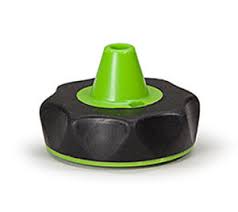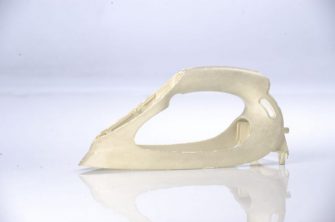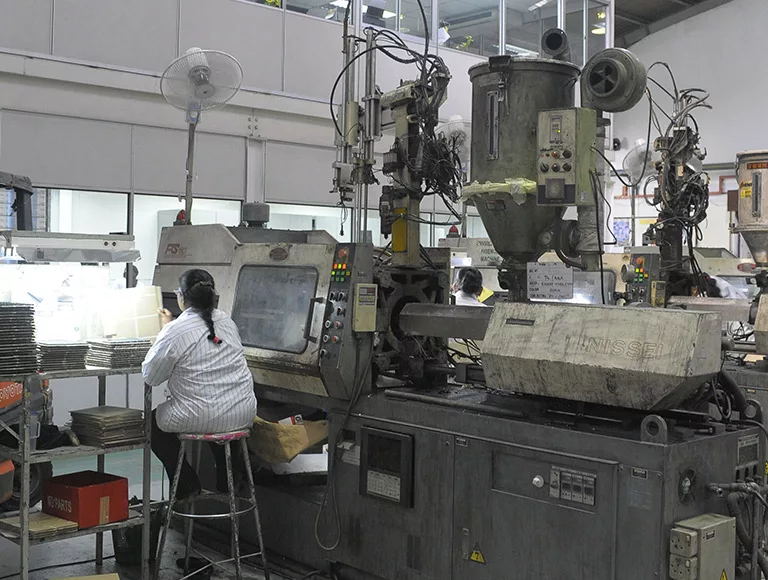The intricacies involved in designing and developing a plastic part are often hard to imagine. The technique of plastic injection molding has made it possible to use plastic resins in various industries and applications.
However, with some plastic parts, the geometric complexities and the need for additional features like aesthetics, soft-grip surface, etc make it necessary to consider new technologies like plastic overmolding.

The ability to use various overmold combinations like plastic over plastic, rubber over plastic, plastic over metal or rubber over metal has made it possible to enhance the properties of a part.
The sections below provide all the necessary information that you’d need to understand the process of overmolding.
What is overmolding?
Plastic overmolding is a process using the injection molding technique where one material is applied on top of a second material. The procedure uses heat and pressure to create a bond between the two plastic materials. The molding of one thermoplastic on top of another creates a stronger part that has the desired properties of both plastic resins being used.
It is hence the use of two separate plastic injection molds to create parts that have unique textural, visual appeals as well as applications.
The use of plastic overmolding technique has given an edge to the plastic injection molding technique by increasing the functional purposes of the parts being produced. Multiple industries like electronics, agriculture-based sectors, automotive industries, medical units, etc make use of plastic overmolding techniques.

The diversity in the types of plastic resins available has widened the scope of overmolding. The technique works well with both, soft plastics like urethanes and TPE (thermoplastic elastomers) and hard resins like polycarbonate, nylon, etc.
Various overmold combinations are used by manufacturers to enhance the strength of the parts being produced. These include:
- Plastic over plastic- Molding of a rigid plastic substrate on top of a previously molded part.
- Rubber over plastic- Adding of rubber or Thermoplastic elastomer on the top of a molded plastic substrate.
- Plastic over metal- Molding of a plastic substrate on top of a metal cast/part.
- Rubber over metal- Molding of a flexible rubber substrate on top of a metal cast/part.
So how does the process of overmolding actually work?
Here’s a list of the key steps that are included in plastic overmolding:
STEP 1: The plastic resin/substrate is added to the injection molding tool.
STEP 2: The overmolding material is injected around the substrate
STEP 3: The material is left for curing (solidification)
A joined product (with two materials joined as one) is finally produced as the final part.

